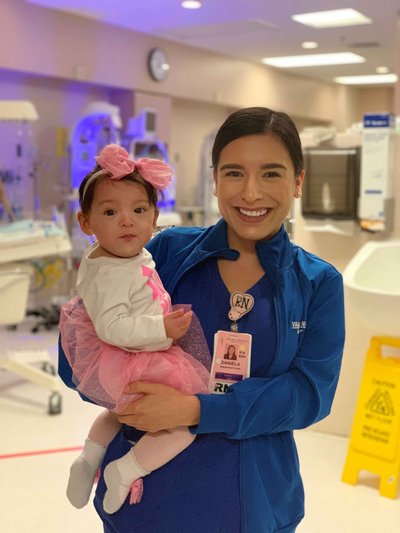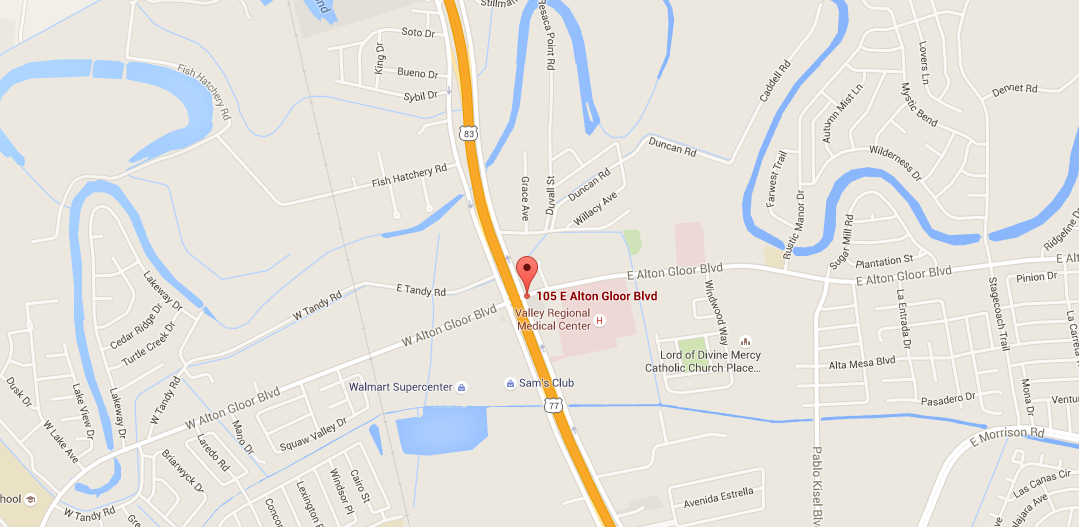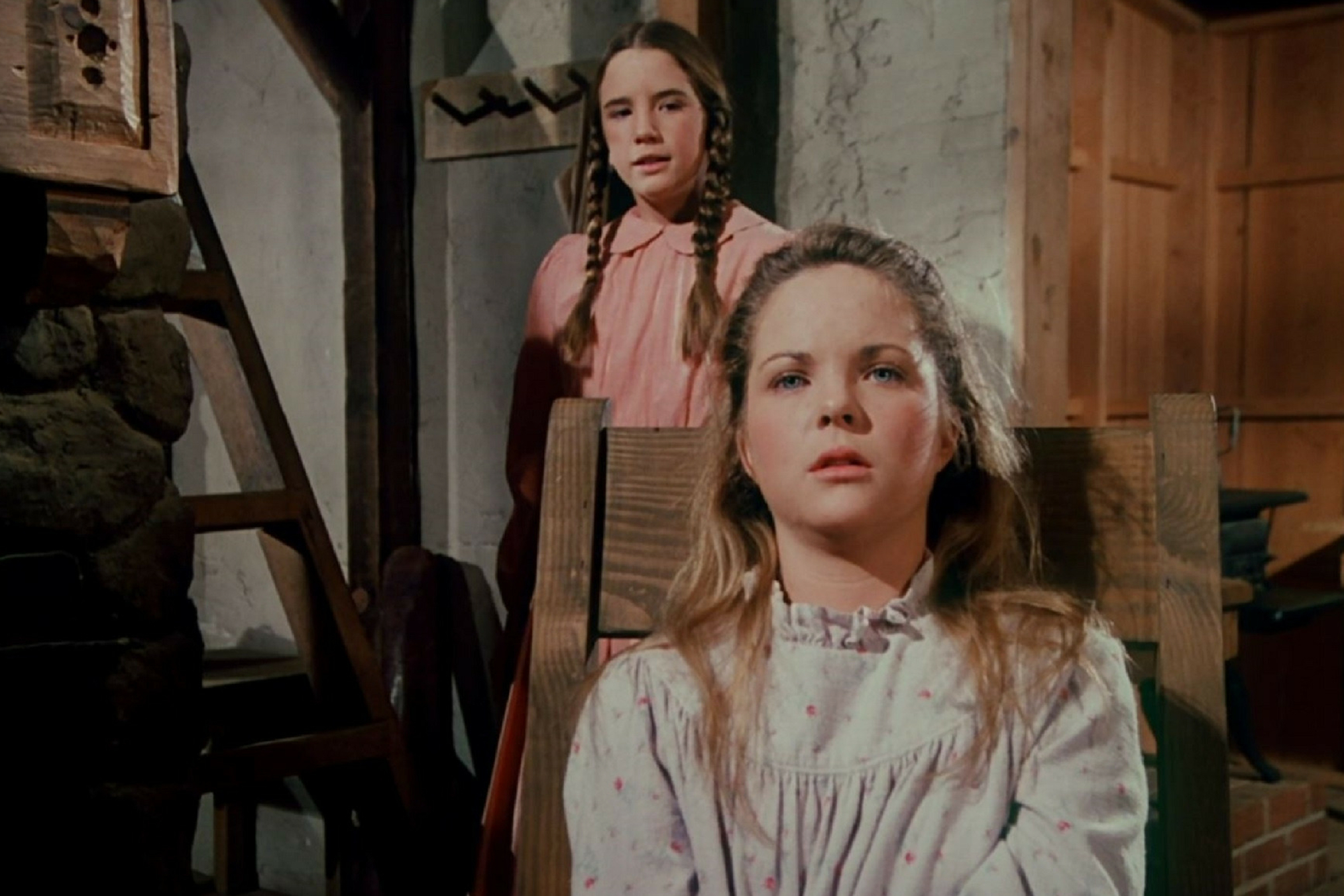Table of Content
Prevailing winds are from the south and southeast during most of the year, which bring heat and moisture from the nearby Gulf of Mexico and Galveston Bay. The city of Houston was incorporated in 1837 and adopted a ward system of representation shortly afterward, in 1840. After the war, Houston's economy reverted to being primarily port-driven. In 1948, the city annexed several unincorporated areas, more than doubling its size. The town suffered another setback that year when a yellow fever epidemic claimed about one life for every eight residents, yet it persisted as a commercial center, forming a symbiosis with its Gulf Coast port, Galveston.
In the early 1960s a man named Tom Shelton donated a house and lot at the intersection of First Street and Avenue D. The house was remodeled and opened as the Shelton Memorial Library. It received the name Octavia Fields Memorial Library from Octavia Fields, the grandmother of Jack Fields, a former Congress member. The closest Catholic high school is Frassati Catholic High School in north Harris County; the planners of the school intended for it to serve Humble.
Areas We Service
The city once relied on groundwater for its needs, but land subsidence forced the city to turn to ground-level water sources such as Lake Houston, Lake Conroe, and Lake Livingston. The city owns surface water rights for 1.20 billion US gallons (4.5 Gl) of water a day in addition to 150 million US gallons a day of groundwater. President Woodrow Wilson opened the deep-water Port of Houston in 1914, seven years after digging began. By 1930, Houston had become Texas's most populous city and Harris County the most populous county. Census Bureau reported Houston's population as 77.5% White and 22.4% Black.

Houston has become known as a Black Mecca akin to Atlanta because it is a popular living destination for Black professionals and entrepreneurs. The Houston area is home to the largest African American community west of the Mississippi River. Houston has excessive ozone levels and is routinely ranked among the most ozone-polluted cities in the United States. The industries along the ship channel are a major cause of the city's air pollution. Excessive man-made emissions in the Houston area led to a persistent increase of atmospheric carbon dioxide over the city.
A Community Built on Care
Such an increase, often regarded as "CO2 urban dome", is driven by a combination of strong emissions and stagnant atmospheric conditions. Moreover, Houston is the only metropolitan area with less than ten million citizens where such a CO2 dome can be detected by satellites. Centered on Post Oak Boulevard and Westheimer Road, the Uptown District boomed during the 1970s and early 1980s when a collection of midrise office buildings, hotels, and retail developments appeared along Interstate 610 West. The tallest building in Uptown is the 64-floor, 901-foot -tall, Philip Johnson and John Burgee designed landmark Williams Tower .

A plurality of survey respondents also indicated traffic congestion was the most significant problem facing the metropolitan area. In 2015, 8.3 percent of Houston households lacked a car, which was virtually unchanged in 2016 (8.1 percent). Houston averaged 1.59 cars per household in 2016, compared to a national average of 1.8. Houston is considered an automobile-dependent city, with an estimated 77.2% of commuters driving alone to work in 2016, up from 71.7% in 1990 and 75.6% in 2009.
Great Care Begins Here
The University of Houston–Downtown, in Downtown, is the second-largest institution of higher education in Houston. Texas Southern University, in the Third Ward, is the first public institution of higher education in Houston and the most comprehensive HBCU in Texas. Universities within the University of Houston System; they are not branch campuses of the University of Houston. Slightly west of the University of Houston is Texas Southern University , one of the largest historically black universities in the United States with approximately 10,000 students.

The adjoining prairie land drains into the city, which is prone to flooding. Underpinning Houston's land surface are unconsolidated clays, clay shales, and poorly cemented sands up to several miles deep. The region's geology developed from river deposits formed from the erosion of the Rocky Mountains. These sediments consist of a series of sands and clays deposited on decaying organic marine matter, that over time, transformed into oil and natural gas.
In a recent case testing these regulations, near the Brickhouse Gulley, an old golf course that long served as a floodplain and reservoir for floodwaters, announced a change of heart toward intensifying development. A nationwide developer, Meritage Homes, bought the land and planned to develop the 500-year floodplain into 900 new residential homes. Their plan would bring in $360 million in revenue and boost city population and tax revenue. Before Hurricane Harvey, the city had bought $10.7 million in houses in this area specifically to take them out of danger.
OakBend Medical Center serves as the county's charity hospital which the county contracts with. The University of Houston, in the Third Ward, is a public research university and the third-largest institution of higher education in Texas. As the result of a 2015 referendum in Houston, a mayor is elected for a four-year term and can be elected to as many as two consecutive terms. The term limits were spearheaded in 1991 by conservative political activist Clymer Wright. During 1991–2015, the city controller and city council members were subjected to a two-year, three-term limitation–the 2015 referendum amended term limits to two four-year terms.
Two of these airports, George Bush Intercontinental Airport and William P. Hobby Airport, offer commercial aviation service to a variety of domestic and international destinations and served 55 million passengers in 2016. The third, Ellington Airport, is home to the Ellington Field Joint Reserve Base. The Federal Aviation Administration and the state of Texas selected the Houston Airport System as "Airport of the Year" in 2005, largely due to the implementation of a $3.1 billion airport improvement program for both major airports in Houston.

The largest synagogues are Congregation Beth Yeshurun, a Conservative Jewish temple, and the Reform Jewish congregations Beth Israel and Emanu-El. According to a study in 2016 by Berman Jewish DataBank, 51,000 Jews lived in the area, an increase of 4,000 since 2001. A variety of Eastern and Oriental Orthodox churches can be found in Houston. Immigrants from Eastern Europe, the Middle East, Ethiopia, India, and other areas have added to Houston's Eastern and Oriental Orthodox population. As of 2011 in the entire state, 32,000 people actively attended Orthodox churches. In 2013 Father John Whiteford, the pastor of St. Jonah Orthodox Church near Spring, stated there were about 6,000-9,000 Eastern Orthodox Christians in Houston.
Approval was nearly identical in September (52% adults, 55% likely voters) and has been 50 percent or more since January 2020. Today, about eight in ten Democrats—compared to about half of independents and about one in ten Republicans—approve of Governor Newsom. Half or more across regions approve of Newsom, except in the Central Valley (42%). Across demographic groups, about half or more approve of how Governor Newsom is handling his job.


No comments:
Post a Comment